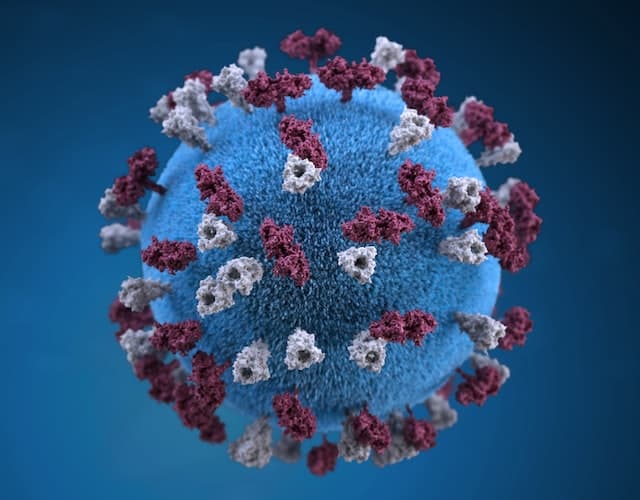
Are you noticing an unusual discoloration in your lawn? It’s normal to worry about the health of your grass, and determining if it is a fungal or bacterial issue can be tricky. This post will discuss the differences between fungal and bacterial lawn diseases, including identifying characteristics of each type and providing examples.
Fungal Diseases
Fungal diseases are caused by microscopic organisms called fungi. These organisms invade plants through wounds or natural openings like leaf pores, stomata, and hydathodes. Fungi thrive in warm temperatures with little air movement and high humidity levels. Of course, not all fungi are bad—some are beneficial to plants! However, certain types of fungi can cause a wide range of plant diseases which can become destructive if left untreated.
Fungal diseases tend to produce more visible symptoms than bacterial diseases because they usually appear as spots or blotches on leaves, stems, flowers, fruit, or other parts of the plant. Common symptoms include discoloration, wilting leaves, stunted growth and premature death in severe cases. Examples of fungal lawn diseases include dollar spot disease (caused by Sclerotinia homoeocarpa) and red thread (caused by Laetisaria fuciformis).
Bacterial Diseases
Bacterial lawn diseases are caused by bacteria that invade plants through wounds or natural openings just like fungi do. They thrive in moist conditions with temperatures ranging from 50°-90° Fahrenheit (10°-32° Celsius).
Unlike fungal diseases that cause visible symptoms such as spots or blotches on leaves and stems, bacterial infections often manifest themselves as streaks along leaf veins or wet spots on leaves. Examples of common bacterial lawn diseases are fire blight (caused by Erwinia amylovora) and crown gall (caused by Agrobacterium tumefaciens).
So, What’s The Difference?
When it comes to diagnosing issues with your lawn, it’s important to understand the key differences between fungal and bacterial lawn disease so you can properly diagnose any issues which may arise.
Remember that both types are caused by microscopic invaders that enter through wounds or natural openings; however fungal infections will typically cause visible spots while bacterial infections tend to create streaks along leaf veins or wet spots on leaves.
Knowing what type of infection is present will help you determine the best way to treat it! If you have any further questions about how to identify either type of disease on your property feel free to reach out for assistance from a professional landscaper who has experience with turfgrass management!

Abdul Qadeer is highly experienced in creating engaging content that adds real value to a blog, website, or brand. He is creating content for multiple niches like technology, SEO, Marketing, Health, Education and Career Development, etc.